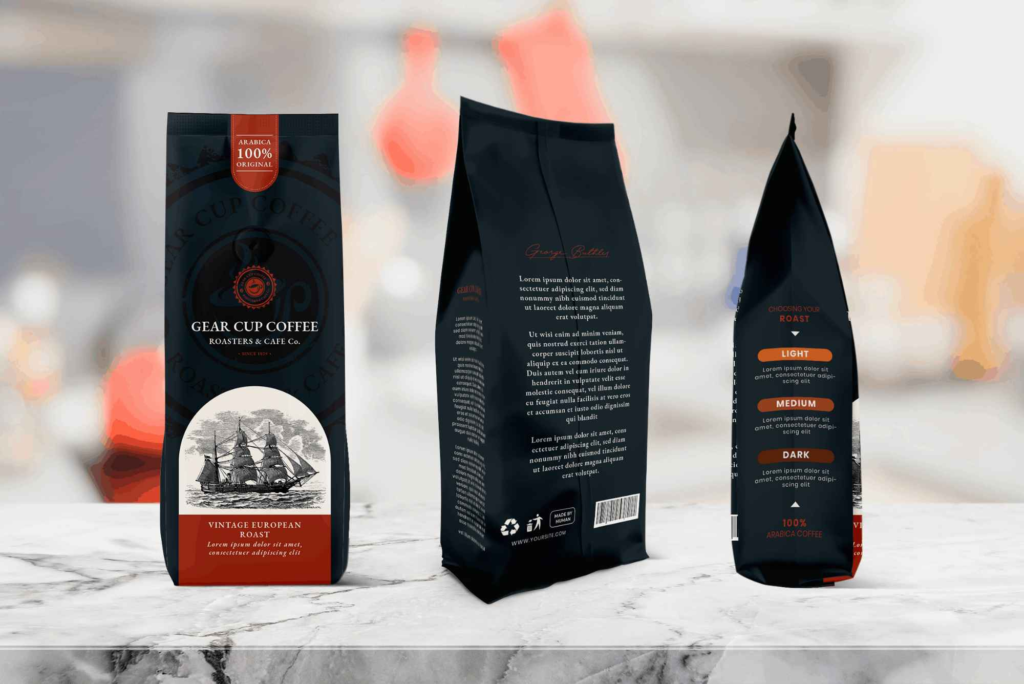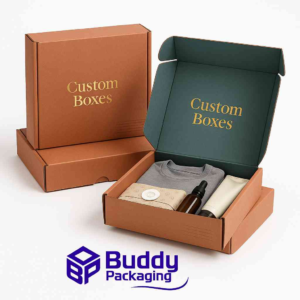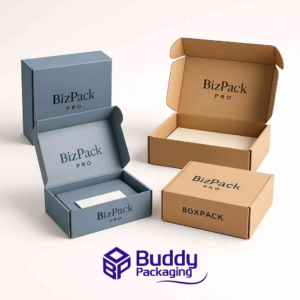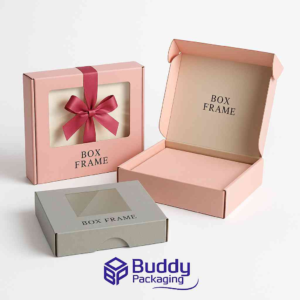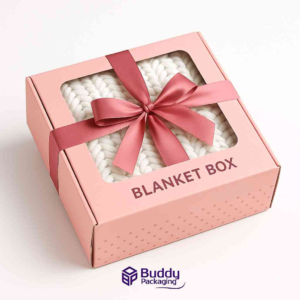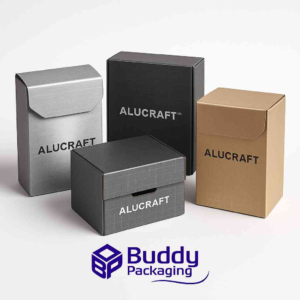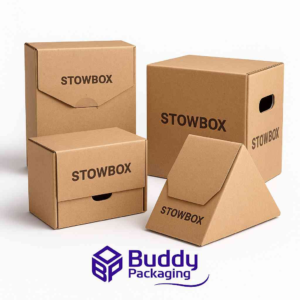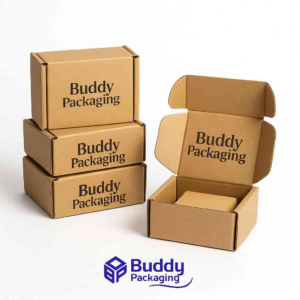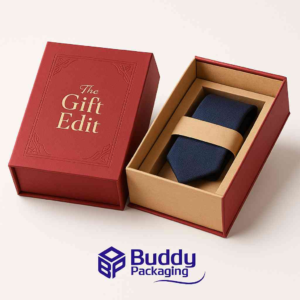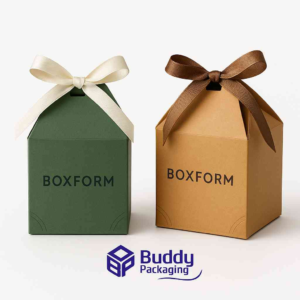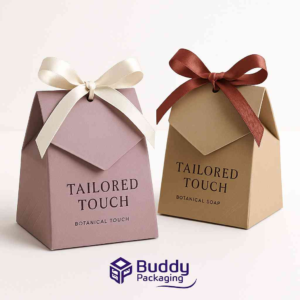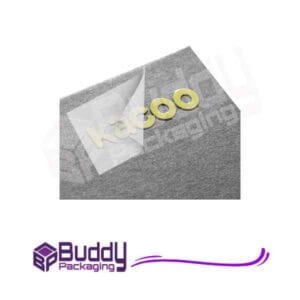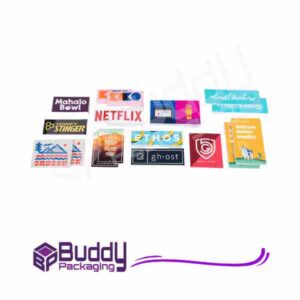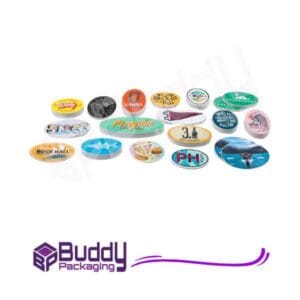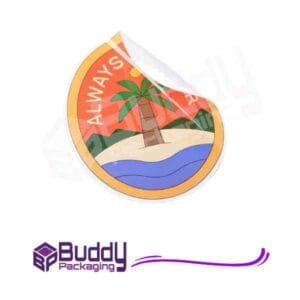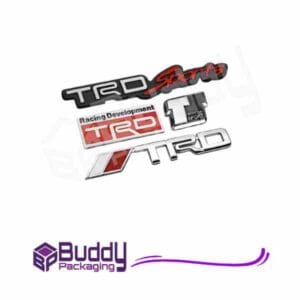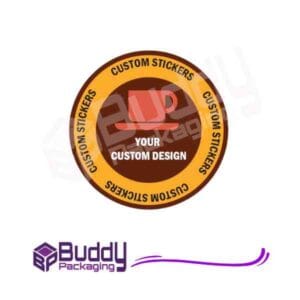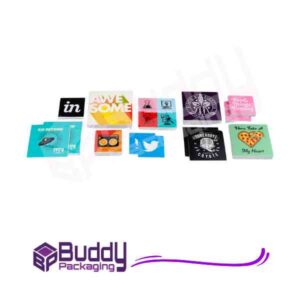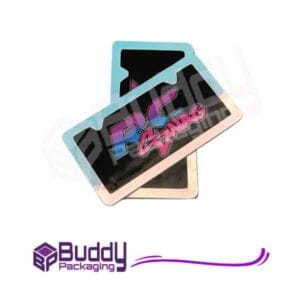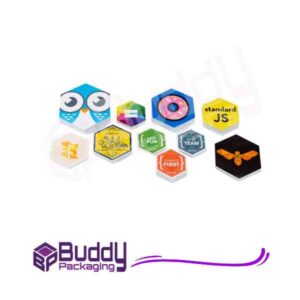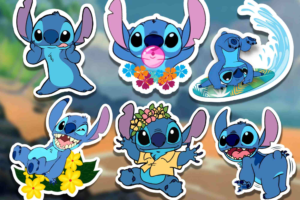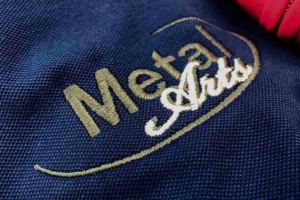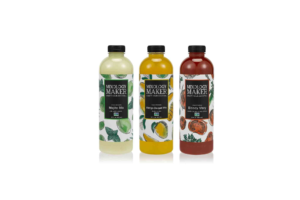Good Packaging Design
In today’s competitive market, first impressions often begin with packaging. A good packaging design is more than a box or a wrapper. It is the face of your brand, the silent ambassador that communicates your values before a word is spoken. When designed well, packaging not only protects a product but also engages customers, builds trust, and drives sales.
Why Good Packaging Design Matters
Packaging is no longer just about function. It is a strategic tool that shapes brand perception. Good packaging design influences buying decisions, strengthens identity, and creates memorable experiences. Shoppers today are bombarded with choices, and what often stands out is not just the product but how it is presented.
The Role of First Impressions
Research shows that consumers form judgments within seconds of seeing a product. Attractive packaging can grab attention, communicate quality, and influence trust. On the other hand, poorly designed packaging can make even a superior product seem less appealing.
Balancing Aesthetics and Functionality
While visual appeal is vital, functionality should never be overlooked. Good packaging design protects items during storage, shipping, and use. It should be easy to open, reseal if necessary, and environmentally responsible. When aesthetics and function align, the customer’s experience improves dramatically.
Key Elements of Good Packaging Design
To achieve effective packaging, several design principles must come together. Each plays a role in building a connection between the brand and the buyer.
Clear Brand Identity
Strong packaging tells a brand’s story. Logos, typography, and colors should be consistent across all products. This consistency builds recognition and trust, making it easier for customers to identify your brand at a glance.
Simplicity and Clarity
Complex packaging often confuses buyers. A good packaging design communicates essential information clearly. Product names, usage instructions, and benefits should be easy to read. Minimalistic designs are trending because they feel modern, premium, and authentic.
Visual Impact
Bold colors, creative graphics, and unique shapes make packaging stand out on crowded shelves. Designers often study packaging design inspiration from industry leaders to craft memorable visuals that align with customer preferences.
Sustainability
Eco-friendly packaging has become a necessity. Consumers are increasingly choosing brands that care for the environment. Using recyclable, biodegradable, or reusable materials not only reduces waste but also appeals to eco-conscious buyers.
Practicality and Usability
Good design enhances user experience. If packaging is difficult to open, too bulky, or not reusable, customers may feel frustrated. Practicality improves customer satisfaction and encourages repeat purchases.
Modern Trends in Good Packaging Design
Design trends evolve with consumer preferences and technology. Keeping up with these shifts ensures that your brand stays relevant.
Minimalist Packaging
Less is more in today’s market. Clean lines, simple typography, and muted color schemes communicate sophistication. Minimalist designs are also cost-effective and environmentally friendly.
Personalized Packaging
Brands are increasingly using packaging to create personal connections. Printing customer names, special messages, or limited-edition artwork adds a unique touch. Personalized packaging creates emotional engagement and encourages sharing on social media.
Smart Packaging
Technology has introduced interactive features. QR codes, NFC tags, and augmented reality make packaging more engaging. These features provide product information, authenticity checks, or even brand stories with a simple scan.
Sustainable Packaging
Beyond using eco-friendly materials, some companies design packaging that has a second life. For example, boxes that can be folded into storage containers or paper that can be planted as seeds. These innovative solutions merge creativity with sustainability.
Case Studies of Good Packaging Design
Real-world examples illustrate how brands use design to differentiate themselves. Apple’s packaging is famous for its simplicity, elegance, and smooth unboxing experience. Coca-Cola’s limited-edition holiday cans use seasonal artwork to drive emotional connection. Smaller brands also innovate by investing in Custom Packaging, creating unique experiences tailored to their customers.
How to Create Good Packaging Design
Developing packaging that works requires a balance of creativity, strategy, and customer insights.
Research Your Audience
Understanding your target market is the foundation of successful packaging. Study demographics, preferences, and cultural influences. What appeals to teenagers may not work for professionals. Research ensures that design decisions resonate with your customers.
Define Your Brand Story
Every brand has a story, and packaging is the perfect canvas to tell it. A good packaging design should reflect brand values—whether that is luxury, sustainability, affordability, or innovation.
Collaborate with Experts
Packaging design is both art and science. Working with experienced designers and printers ensures that your vision translates into a high-quality finished product. Agencies often reference global examples, such as those found in packaging design inspiration, to spark new ideas.
Test and Refine
Prototype your designs before mass production. Gather feedback from focus groups or early customers. Small adjustments in color, size, or usability can dramatically improve effectiveness.
Common Mistakes to Avoid in Packaging Design
Even the best brands sometimes get it wrong. Avoid these pitfalls to ensure your packaging is effective.
Overcomplicating the Design
Too many colors, fonts, or graphics overwhelm buyers. Keep the design simple and focused.
Ignoring Practicality
Packaging that looks stunning but is difficult to use can frustrate customers. Always prioritize ease of use.
Forgetting Sustainability
Modern consumers care about the environment. Using wasteful or non-recyclable materials can damage your reputation.
Copying Competitors
While trends are useful, copying competitors makes your brand blend in. Strive for originality that reflects your unique identity.
FAQs About Good Packaging Design
What makes packaging design good?
Good packaging design combines visual appeal, brand identity, functionality, and sustainability to create a memorable customer experience.
How does packaging influence consumer buying behavior?
Attractive and practical packaging grabs attention, builds trust, and often convinces customers to choose one product over another.
Why is sustainable packaging important?
Sustainable packaging reduces environmental impact, aligns with consumer values, and strengthens brand reputation.
How can small businesses create good packaging design affordably?
Small businesses can invest in Custom Packaging solutions, use minimalistic designs, and collaborate with local suppliers for cost-effective results.
What are the latest packaging design trends?
Trends include minimalist layouts, eco-friendly materials, interactive smart packaging, and personalized customer experiences.
Good packaging design is more than decoration. It is a powerful tool that influences perception, builds loyalty, and communicates brand values. By combining creativity with functionality, brands can create packaging that stands out and connects with customers. Whether you are inspired by industry leaders or exploring innovative eco-friendly ideas, effective design can transform your product’s success.
If you want to elevate your brand with innovative solutions, consider exploring Buddy Packaging Location for tailored packaging services that combine creativity, quality, and customer care.

